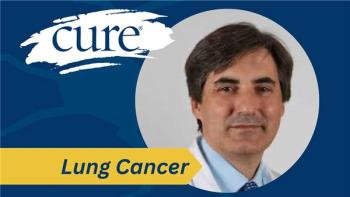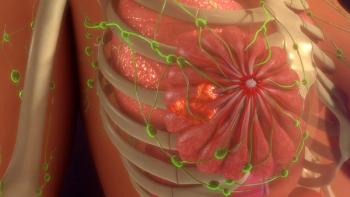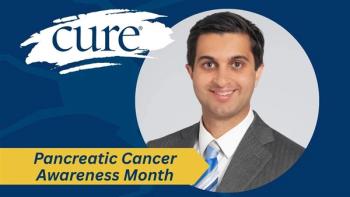
Nivolumab Achieves Encouraging Responses in Refractory Classical Hodgkin Lymphoma
Key Takeaways
- Nivolumab, a PD-1 inhibitor, demonstrated an 87% response rate in heavily pretreated classical Hodgkin lymphoma patients, showing potential as a treatment option.
- The FDA granted breakthrough therapy designation to nivolumab, leading to its investigation in a larger phase 2 trial for cHL.
A small phase 1 trial found that certain patients with classical Hodgkin lymphoma (cHL), who had previously failed three or more therapies, responded to the immunotherapy nivolumab.
A small phase 1 trial found that certain patients with classical Hodgkin lymphoma (cHL), who had previously failed three or more therapies, responded to the immunotherapy nivolumab.
The PD-1 inhibitor has been granted breakthrough therapy designation by the FDA as a result, and is now being investigated in a large phase 2 trial, according to study authors. Lead author Philippe Armand, an oncologist at the Dana-Farber Cancer Institute in Boston, presented the findings during the 2014 American Society of Hematology annual meeting held in San Francisco.
Called a checkpoint inhibitor, nivolumab works by inhibiting the PD-1 receptor that sits on the surface of cancer cells. The receptor, thought to be excessively engaged in cHL, dampens the body’s immune response to the cancer cells.
The study presented at ASH is the first ever to report data on an PD-1 antibody for the treatment of cHL, the researchers noted in the abstract, adding that, in the past, nivolumab has demonstrated promising results in solid tumor cancers.
Last year, the Food and Drug Administration (FDA) granted a fast-track review to nivolumab as a potential treatment for non—small cell lung cancer, renal cell carcinoma and melanoma, and this year, the agency granted priority review to the drug as a therapy for previously treated patients with advanced melanoma.
“Our data are encouraging for Hodgkin lymphoma patients with relapsed or treatment-resistant disease, and the remarkable response rate seen in this study validates the scientific hypothesis that Hodgkin lymphoma relies heavily on the PD-1 pathway for survival,” Armand said. “We hope that further development of this drug can lead to improved outcomes for patients afflicted with this cancer.”
In the phase 1 study, 23 patients with cHL—whose median age was 35 and who had been treated with three or more therapies, in many cases stem cell transplant or Adcetris (brentuximab vedotin)—were added as a separate cohort to a larger study investigating nivolumab in lymphoma and multiple myeloma.
Patients received a 3 mg/kg intravenous infusion of nivolumab every two weeks until their tumors progressed or they experienced severe side effects. The primary endpoint was safety; overall response rate, progression-free survival (PFS), anti-tumor activity and expression of immunomodulatory proteins in tumor biopsies, marked the main secondary endpoints.
In June, after an average follow-up of 40 weeks, 20 of 23 patients in the study demonstrated a complete response (four patients) or a partial response (16 patients) to nivolumab. The remaining three patients (13 percent) had stable disease. Tumor burden was reduced in all 23 patients at one or more efficacy assessments during treatment with nivolumab.
Their PFS rate at 24 weeks was 86 percent. Median overall survival has not been reached. Among the 18 patients who had previously failed Adcetris, the overall response rate was 89 percent, with 6 percent achieving complete response and 83 percent a partial response, Armand continued.
The drug’s toxicity mirrored that observed in other solid tumor cancers. Drug-related adverse events occurred in 78 percent of patients, most commonly rash, decreased platelet count, diarrhea, nausea, pruritus, fatigue and fever, the authors reported. Twenty-two percent of patients experienced drug-related moderate side effects, and two patients experienced one serious AE each that led them to leave the trial.
Although researchers expected to see an increase in lung toxicity in patients who had received prior potentially lung-damaging treatments, that side effect did not materialize, Armand said. In addition to the two patients who discontinued due to toxicities, six of 23 patients elected to discontinue study treatment to undergo stem cell transplantation, and four patients discontinued due to disease progression. Ten patients continued on the study as of June 16, and have now been in remission for more than a year, Armand said.
Based on their results, the study investigators deemed nivolumab safe and tolerable, with an 87 percent response rate, in this patient population: “The frequent and long-lasting responses in heavily pretreated, relapsed/refractory patients, including those who have failed brentuximab vedotin, highlight the importance of the PD-1 pathway in cHL, and the genetically defined sensitivity to PD-1 blockade in this disease.”





